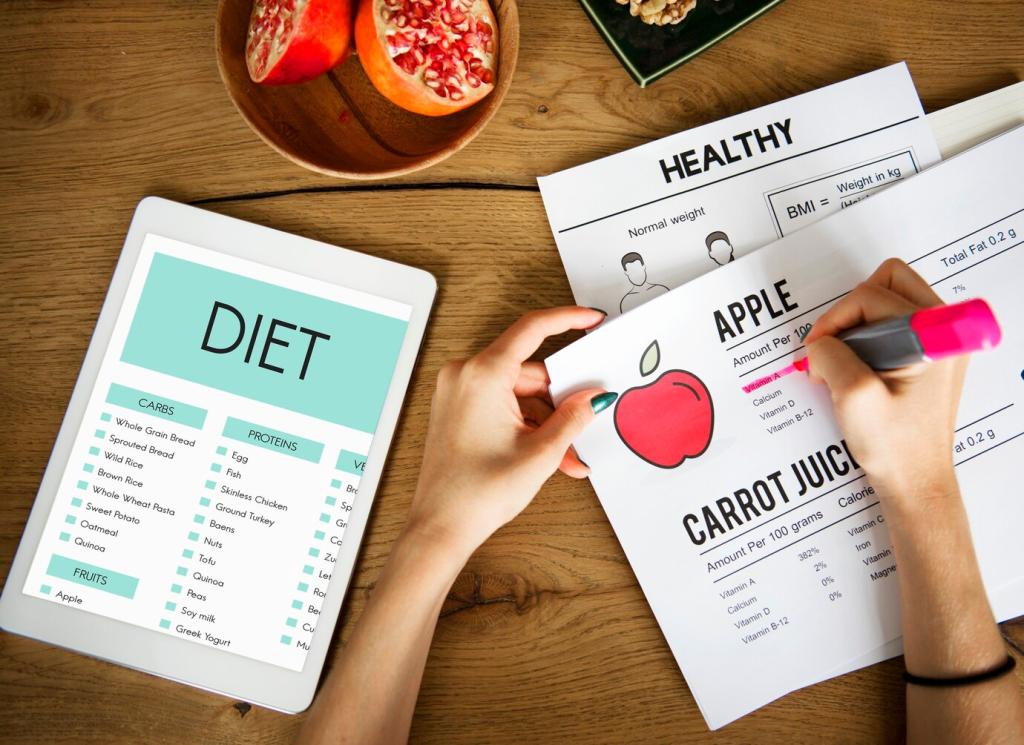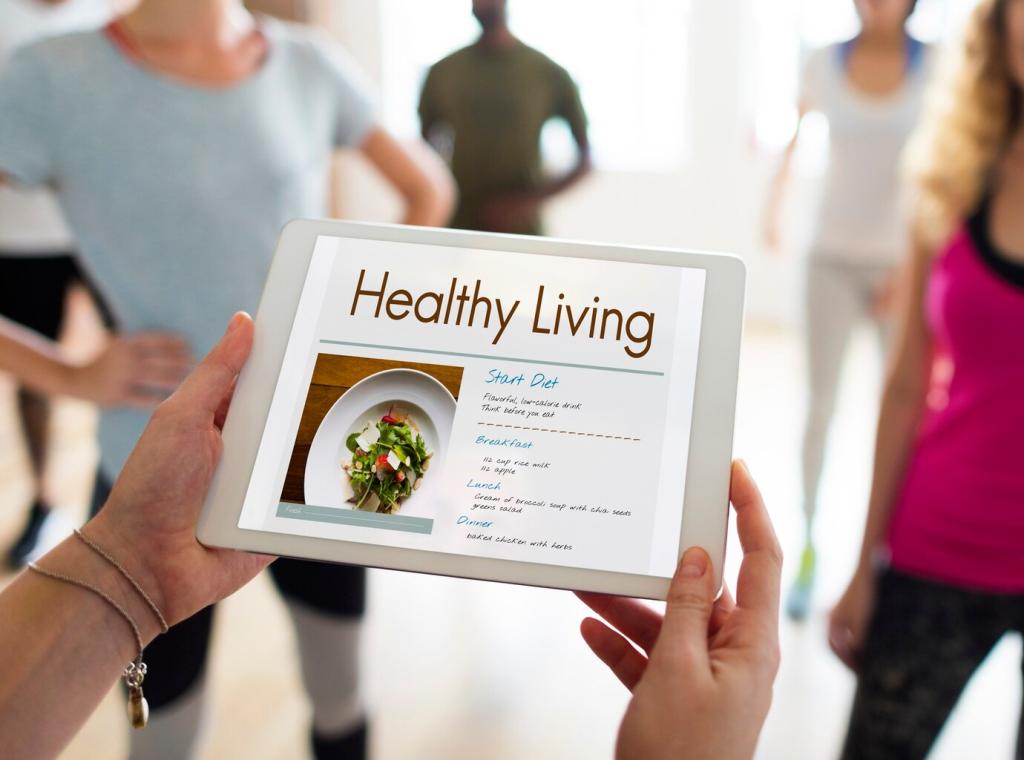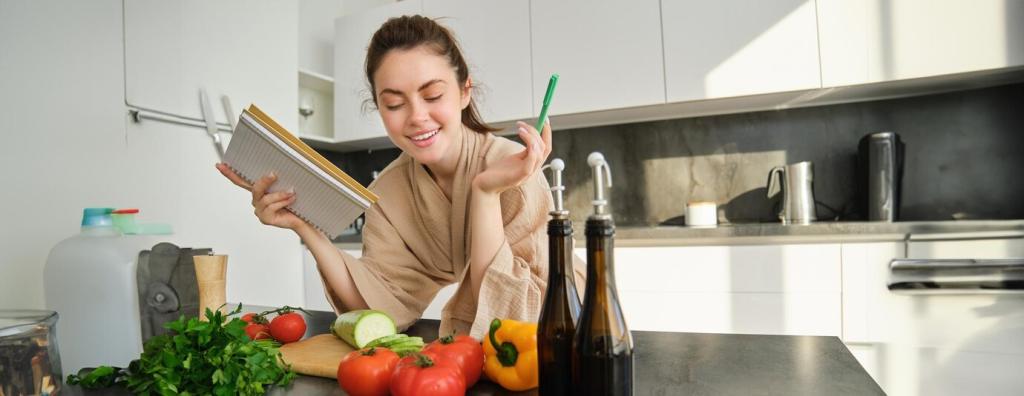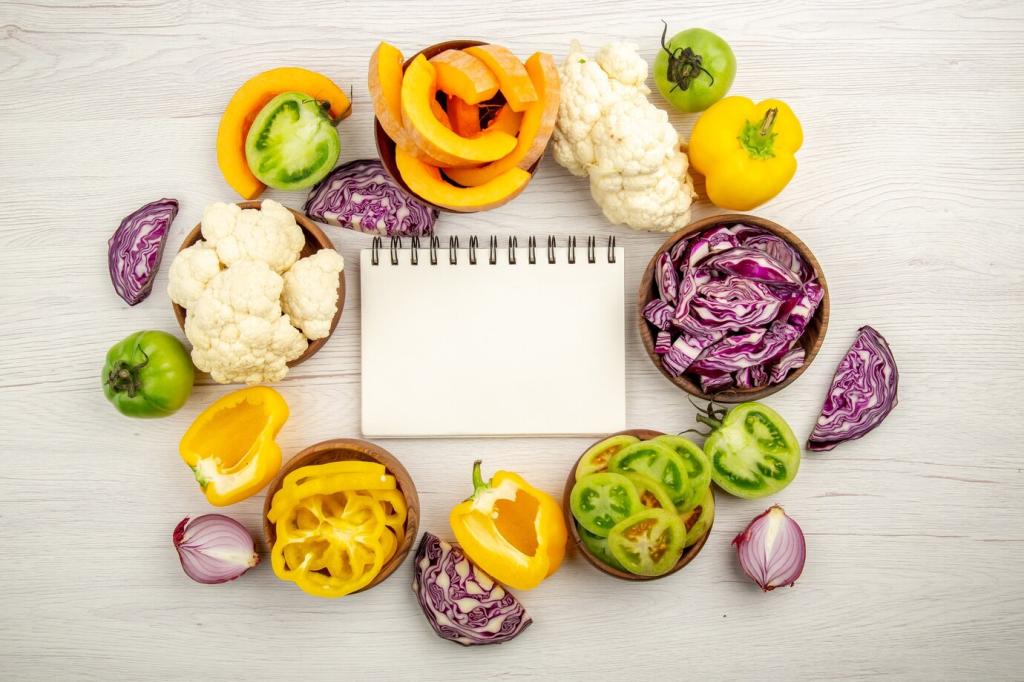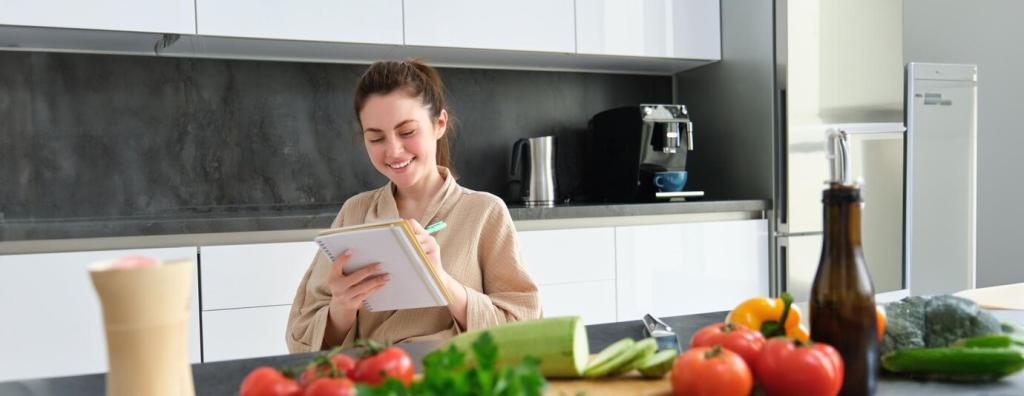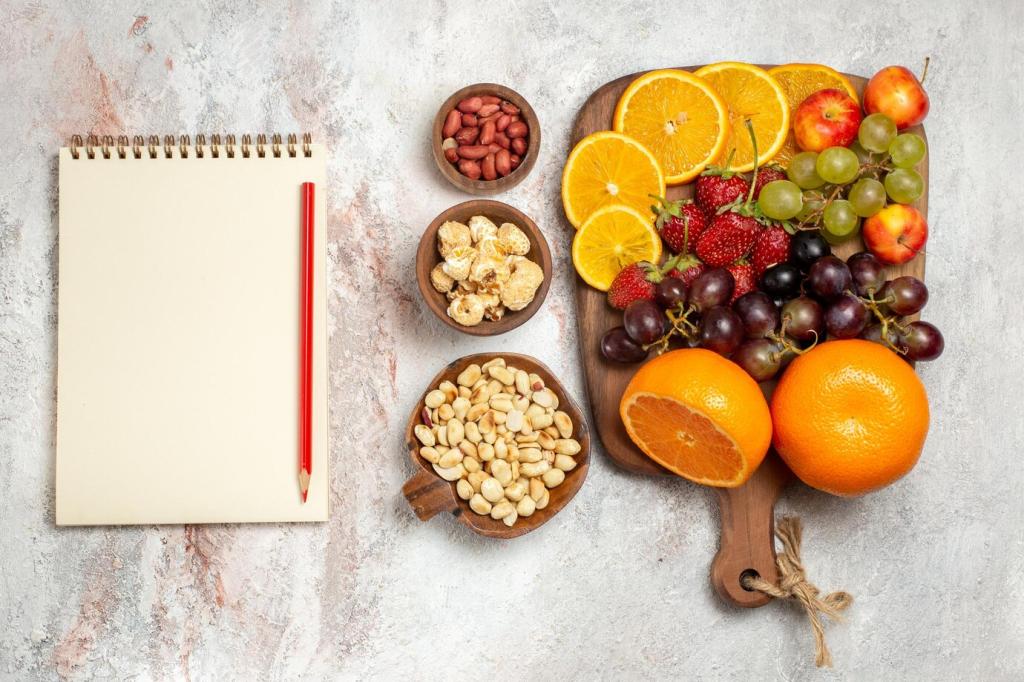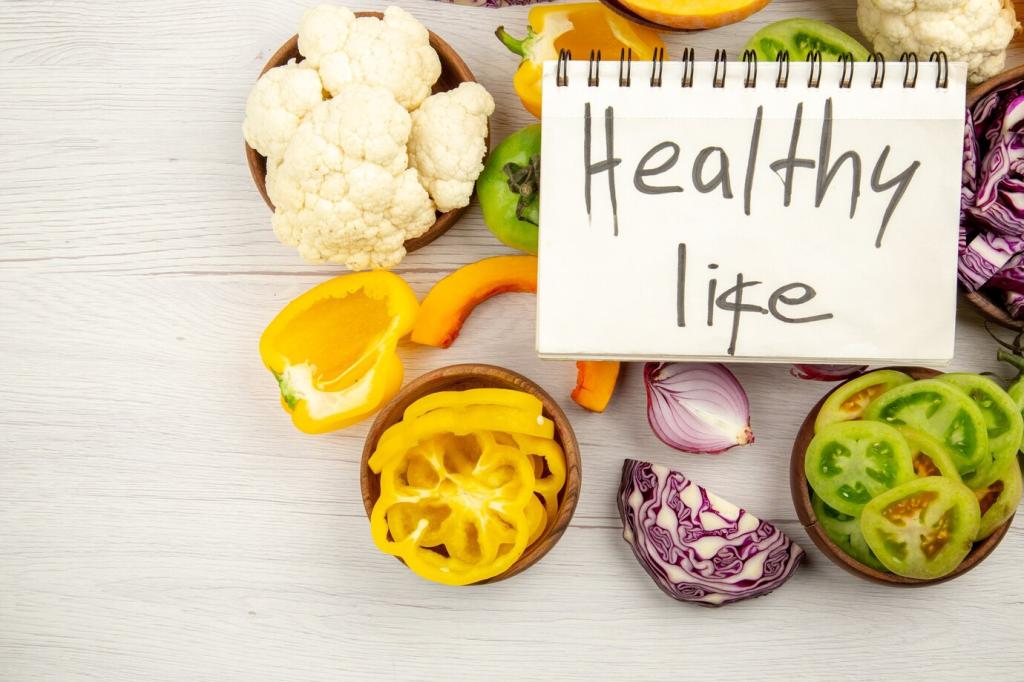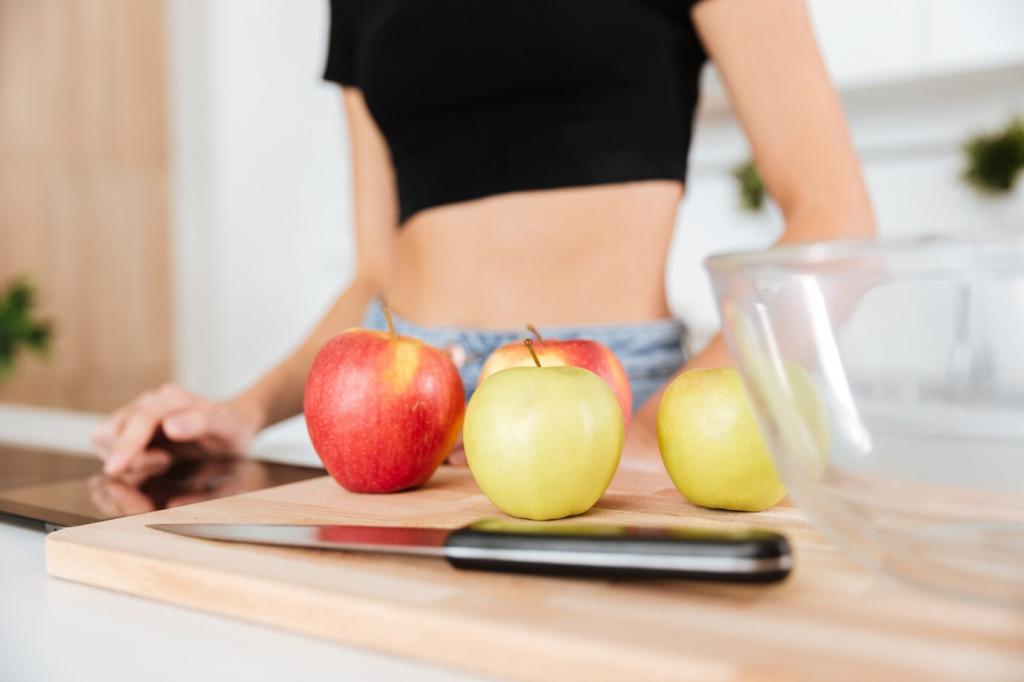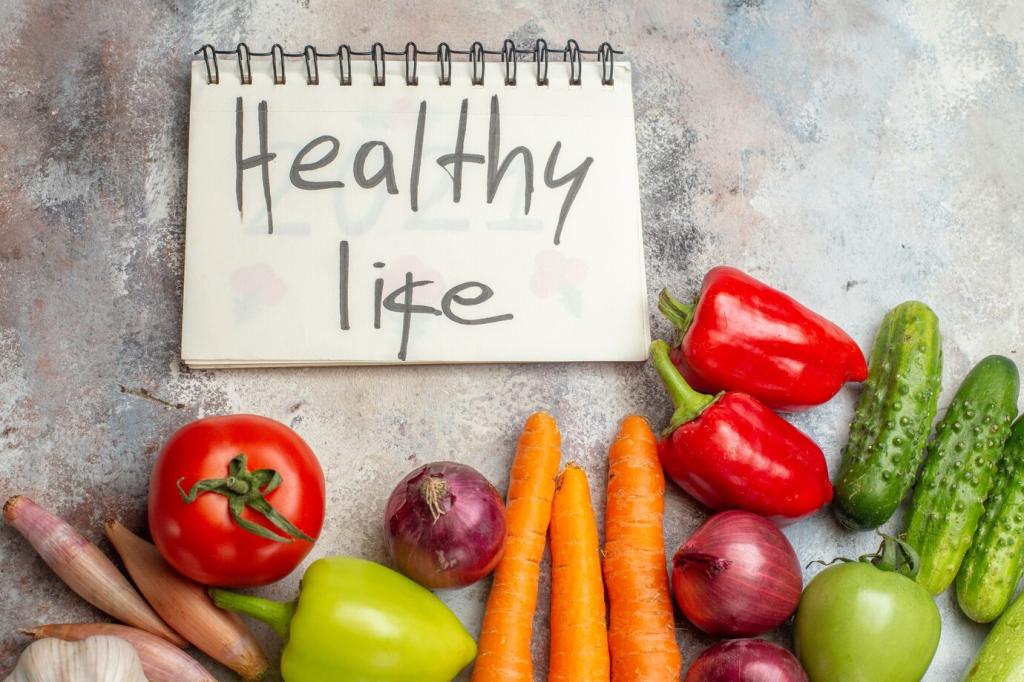Adapting Hydration to Environment and Sport
High humidity slows sweat evaporation, increasing strain and fluid needs. Start cooler, use chilled bottles, and add electrolytes strategically. Practice under similar conditions whenever possible. What’s your favorite heat hack—ice sock, frozen flask, or pre-cooling beverage?
Adapting Hydration to Environment and Sport
In cold air, thirst drops and urine output can rise, quietly increasing dehydration risk. Warm, palatable drinks encourage steady intake. Insulate bottles to prevent freezing. How do you remind yourself to sip when your fingers are numb and motivation dips?

